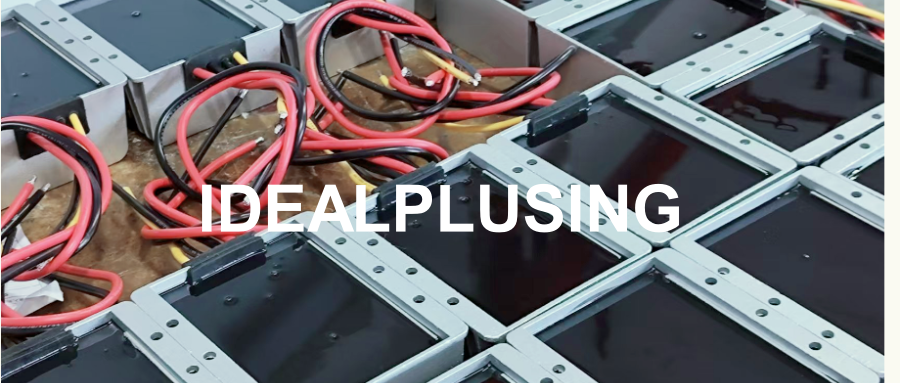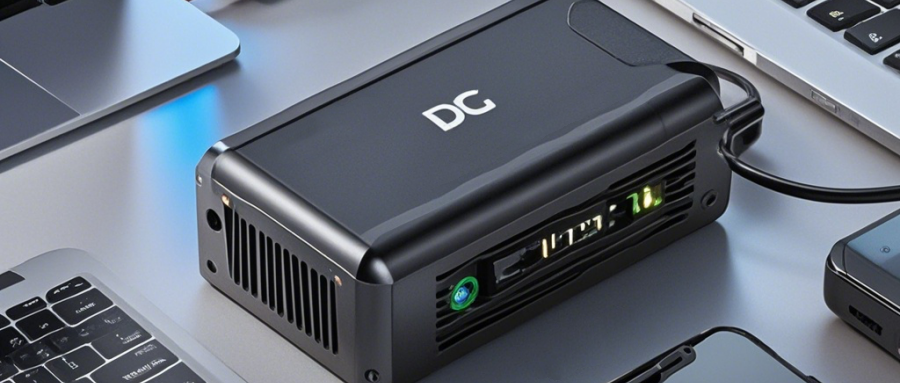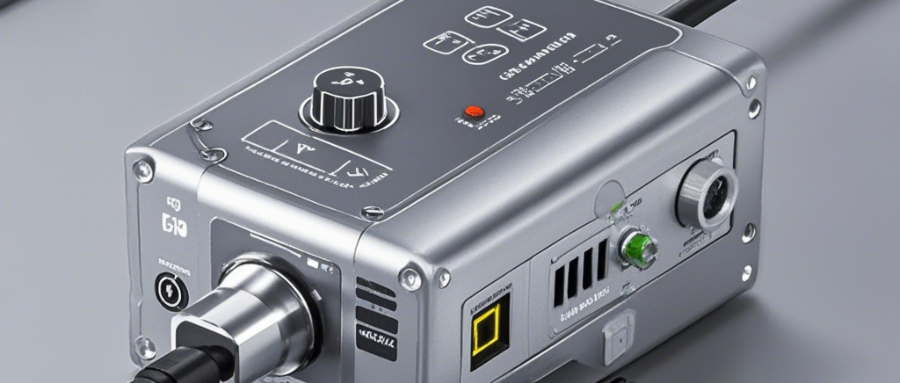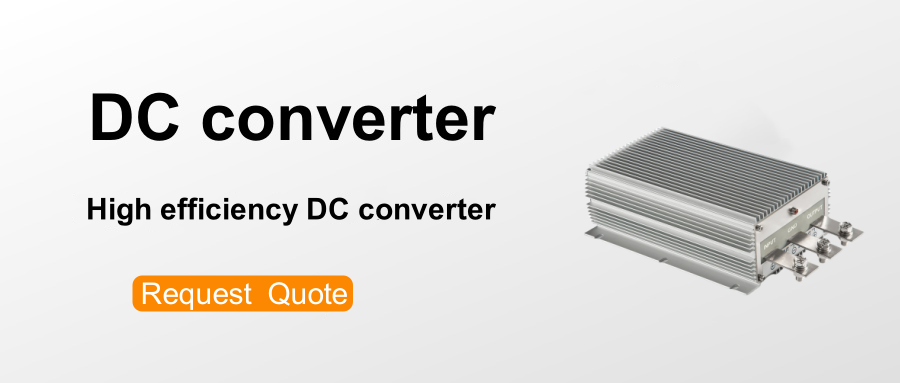
DC-DC converters are widely used in remote and data communications, computers, office automation equipment, industrial instruments, military, aerospace and other fields, involving all walks of life in the national economy. According to the rated power, DC/DC can be divided into three categories: above 750W, 750W~1W and below 1W. Of course, there are also super high power 10 kw dc dc converters. In the 1990s, the growth rate of DC/DC converters in the low power range increased significantly, among which 6W~25WDC/DC converters had the highest growth rate. This is because they are widely used in DC measurement and test equipment, computer display systems, computers and military communication systems. Due to the high speed of microprocessors, the development of DC/DC converters from low power to medium power is an inevitable trend, so the growth rate of 251W~750W DC/DC converters is also fast. This is mainly because it is used in service medical and experimental equipment, industrial control equipment, remote communication equipment, multi-channel communication and transmission equipment. DC/DC converters have broad application prospects in the field of remote and digital communications.
The DC/DC converter converts a fixed DC voltage into a variable DC voltage. This technology is widely used in stepless speed change and control of trolleybuses, subways, trains, and electric vehicles. At the same time, it makes the above control have the performance of stable acceleration and fast response, and at the same time achieves the effect of saving energy. Replacing the rheostat with a DC chopper can save 20% to 30% of electricity. The DC chopper can not only play the role of voltage regulation (switching power supply), but also effectively suppress the harmonic current noise on the grid side.
The DC/DC converter has been commercialized. The module adopts high-frequency PWM technology, the switching frequency is about 500kHz, and the power density is 0.31W/cm3 to 1.22W/cm3. With the development of large-scale integrated circuits, the power module is required to be miniaturized, so it is necessary to continuously increase the switching frequency and adopt new circuit topology. At present, IDEALPLUSING has produced some more efficient power modules with a significant increase in power density. In order to meet the needs of more customers. The DC converters developed by idealplusing are also widely used in industry, mainly as follows:

Automation
Generally speaking, DC/DC power supplies used in automation applications must meet isolation requirements. Avoid any interference between the power supply design and other devices. In addition, the DC/DC power supply needs to be integrated into the system, paying attention to avoid any ground loops or potential differences that may interfere with the operation of the automatic control system.
For example, isolated DC/DC converters in automation can disconnect the ground loop. In this way, noise-sensitive circuit parts can be isolated from noise sources. Regulating and isolated DC/DC converters can use this isolation method to minimize electronic noise. Choosing isolated and regulated DC/DC converters for voltage conversion will be able to prevent electronic noise, as well as immunity to line surges and voltage drops/drops.
Industrial power supply
Industrial high-power DC/DC converters
In industrial applications, for forklifts and other material handling equipment, these applications use traction batteries with rated voltages of 320V to 600V. A range of onboard power supplies are available that can generate 24V or 48V voltage from a high-voltage battery, with a rated power of 4kW and high efficiency. Models with 19" rack mounting can be baseplate cooled or liquid cooled.
Railway
A key application area for industrial high-power DC/DC converters is railway applications. This area covers railway vehicles, on-board and trackside applications, industrial applications, high-voltage battery-powered applications and distributed power architectures.

Modern power electronics technology is the basis for the development of switching power supply technology. With the continuous emergence of new power electronic devices and topological circuits suitable for higher switching frequencies, modern power supply technology will develop rapidly driven by practical needs. Under traditional application technology, the performance of the switching power supply is affected by the limitation of the power device performance. In order to maximize the characteristics of various power devices and minimize the adverse effects of device performance on the performance of the switching power supply, new power supply topology circuits and new control technologies can enable the power switch to operate in a zero voltage or zero current state, thereby greatly increasing the operating frequency and improving the working efficiency of the switching power supply. , design a switching power supply with excellent performance.
In short, power electronics and switching power supply technology continue to develop with application needs. The emergence of new technologies will enable many application products to be updated and replaced, and will also open up more and newer application fields. The realization of high frequency, modularization, digitization, and greening of switching power supplies will mark the maturity of these technologies and achieve a combination of high-efficiency and high-quality electricity use. In recent years, with the development of IC technology, the switching power supply for electronic equipment with switching power supply technology as the core has a market demand of more than 2 billion yuan in China alone, attracting a large number of scientific and technological personnel at home and abroad to develop and research it. It is a general trend for switching power supplies to replace linear power supplies and phase-controlled power supplies. Therefore, the domestic market for power-operated power supply systems, which also has a market demand of billions, is starting and will soon develop.








